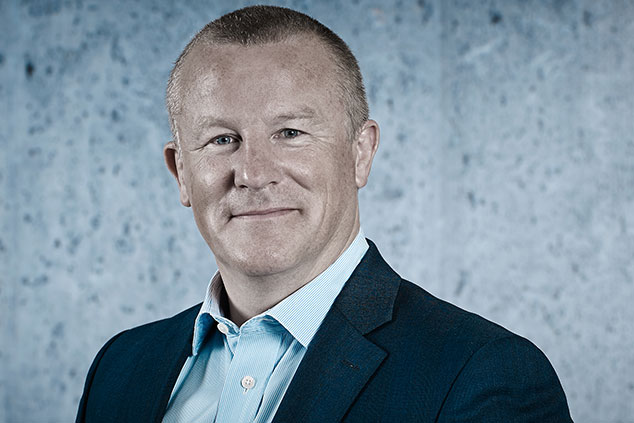
That’s partly because active fund managers find performing well on a regular basis somewhere between very difficult and impossible. But it is also because we can’t be sure yet that Woodford’s newish range of funds won’t – in the end – produce good performance. He has, after all, only had them on the go for four or five years, and in a fair world that’s not long enough to judge, particularly given that today’s tech-crazed growth market is not the kind he has any record of success in. The performance jury should still be out on Woodford; it isn’t.
On to the most important part of the story – governance and fund structure. That is what really matters here.
The fund structure bit is about holding very illiquid assets in a vehicle that offers daily liquidity (the income fund was an OEIC and this is what they do). If it takes you a month to sell a stake in a holding at a reasonable price but your investors have the right the cash on demand, times of nasty mismatch are surely inevitable (particularly when your performance is lousy). It is time of nasty mismatch that has led to the suspension of the shares (see John’s Money Morning on this here).
That’s why it makes sense to hold illiquid assets in investment trusts (you can sell your shares in these funds but you can’t pull capital from the fund itself – so investment trust managers are very rarely forced sellers), something Woodford clearly knows. The Patient Capital Trust was set up for this very reason – to create permanent capital to invest in small firms without the managers having the stress of capital inflows and outflows.
The governance bit is about who should have noticed this problem building at the income fund and done something about it.
There are the wealth managers and platforms who kept supporting Woodford even when much of the rest of the market was seeing a slow-motion car crash (Hargreaves Lansdown will be having a good long think about their processes right now). There are the directors of the Woodford fund itself. And there are authorised corporate directors (ACDs), in this case also the fund’s administrator, Link.
In a letter to the FT this week, James Tew of the Astewt Consultancy (I’m not convinced about the name either) notes that there should have been “ample opportunity for the ACD to prevent the more egregious circumvention of the UCITS liquidity rules”, something they should have done given that they have a broad requirement to “act in the spirit of the prospectus.” It would, says Tew, be a bad business if the Woodford crisis is held up as an example of the failure of the open ended structure “when in reality it is a failure of governance”.
If you are wondering what the fallout from all this will be, here are some things to watch for: the introduction of non-executive, independent, investor-supporting directors for OEICs; changes to the rules about illiquid assets being held in funds that purport to provide daily liquidity to investors or indeed in any open ended funds (are commercial property investors beginning to get nervous yet?); and finally changes to the governance obligations of investment platforms providing best buy lists.
And that I suspect, is just for starters.